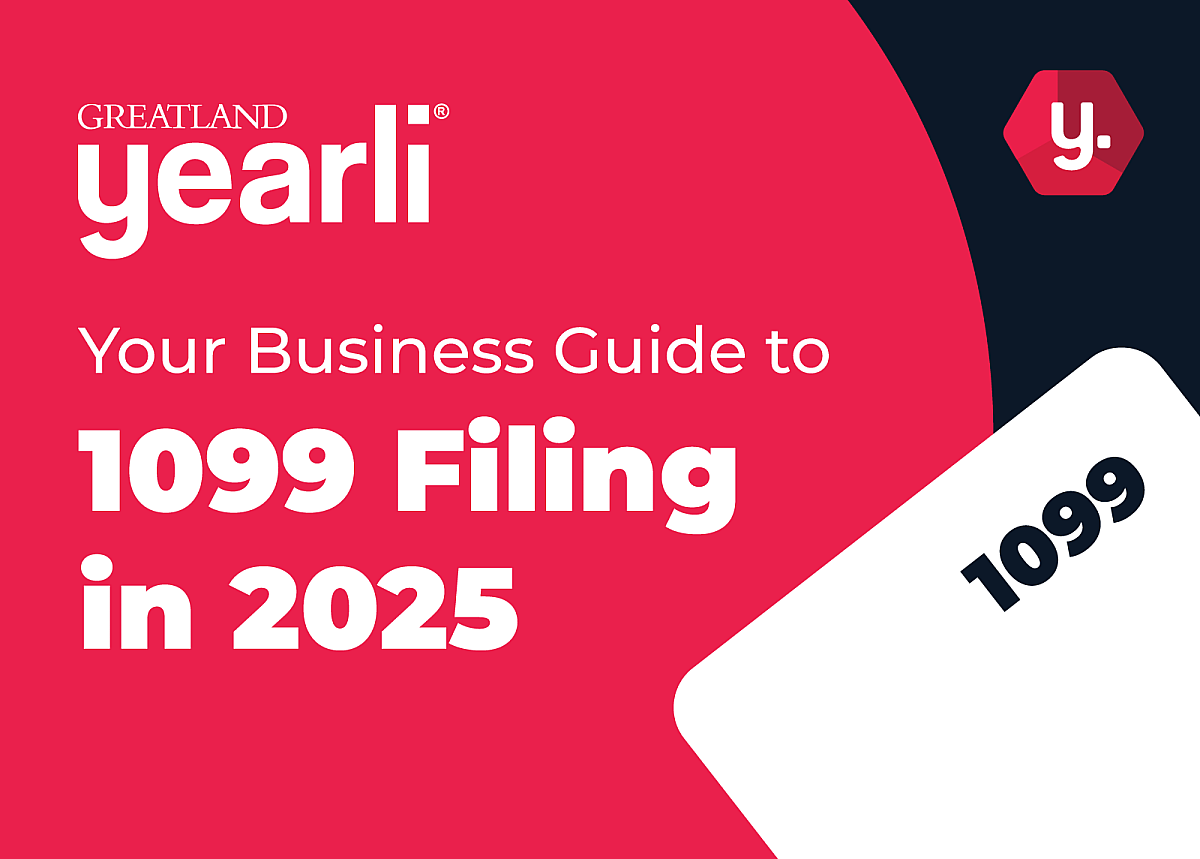
An Extra Five Minutes Could Save Businesses Thousands of Dollars During Year-End Reporting
Filers should Double-Check Forms for Errors Before Submitting
Year-end reporting season is a chaotic time for business owners and human resources personnel across the country. This year brings with it just the second season of earlier deadlines for W-2 and 1099-MISC reporting, so businesses can feel overwhelmed and pressured with the need to file on time to avoid fines.
One simple piece of advice to alleviate stress and assure peace of mind as forms are sent to recipients and the SSA/IRS: double-check all reporting documents and deadlines.
Checking forms for errors may seem like an action not worth mentioning, but it is one of the most neglected steps among businesses. Once data input is complete, many organizations do not take the added measure of reviewing information for accuracy. Though this is the second year for the new deadline, businesses need to be aware of the Jan. 31 filing deadline this year. Beginning in 2017, for the 2016 reporting year, filers were required to send W-2 and 1099-MISC recipient copies and submit to the SSA/IRS by January 31, regardless of method (paper or e-file). Having an earlier deadline means that companies should pay close attention to their information and re-check their forms earlier for inaccuracies.
“Year-end reporting requirements change annually, and sometimes even in the middle of the season,” said Bob Nault, Greatland’s CEO. “Penalties for misfiling or misinformation can be costly to growing companies, and particularly sting when these are mistakes that are easily avoidable. At Greatland, we help our customers eliminate concerns about fines and provide accurate, up-to-date information so filers are prepared.”
While the deadline for 1095 forms has been extended from January 31 to March 2 for recipient filing, it is still recommended to file as soon as possible. Filers should now be in the habit of completing these forms and completing them properly without relying on measures like Good Faith Filing.
Many information return reporting penalties have increased recently. Here is a list of filing penalties for W-2, 1099, and 1095 forms taxpayers should be aware of this season:
- Failure to file complete and accurate Forms 1094-C – data on employer-provided health insurance – by the form deadline will result in penalties equal to $260 per form, not to exceed $3,218,500 million per year.
- Failure to file W-2s on time means the IRS can assess a penalty of $50 per W-2 even if you file the correct form within 30 days of the due date. If you file between 30 days of the due date and August 1, the fine increases to $100 per form, with a maximum fine of $1,609,000, or $536,000 if you operate a small business. The fine becomes $260 per Form W-2 if you file after August 1, do not file corrections, or do not file required Forms W-2; the maximum penalty is $3,218,500 per year ($1,072,500 for small businesses).
- If you fail to file a 1099-MISC form by the due date and you correctly file within 30 days, the penalty is $50. The fine increases to $100 per return if you file more than 30 days late but by August 1. Lastly, it increases yet again to $260 per return if you file after August 1 or you don’t file at all.
Small businesses (for penalty purposes) are defined as organizations with annual gross receipts of $5 million or less for the three most recent tax years.
Latest News
-
 November 25, 2025
November 25, 2025New Alternative Furnishing Method for Forms 1095-B and 1095-C Comes with Complexities
The IRS has updated the Affordable Care Act (ACA) reporting process for Forms 1095-B and 1095-C. These changes aim to reduce administrative costs and simplify reporting, but they also create new compliance challenges for employers and health insurance providers.Read More -
 October 8, 2025
October 8, 2025Your Business Guide to 1099 Filing in 2025: Deadlines and Compliance Tips with Yearli
Businesses must prepare for 2025 IRS 1099 filing by understanding key deadlines for Forms 1099-NEC and 1099-MISC and leveraging e-filing tools like Yearli to stay compliant. This guide outlines important dates, recent IRS updates, and practical tips to avoid penalties and streamline the filing process.Read More -
December 30, 2024
Understanding Form 1099-DA: A Comprehensive Guide to Filing for Digital Asset Transactions
As the use of digital assets like cryptocurrencies and non-fungible tokens (NFTs) continues to grow, so does the need for clear tax reporting guidelines. To address this, the IRS has introduced Form 1099-DA, which will be required starting in 2025.Read More
